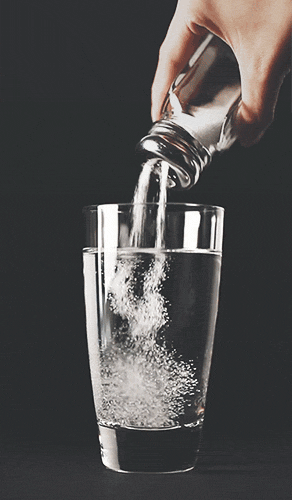- Last updated Oct 06, 2022
- Agricultural Irrigation, Basic water technology
Things to be considered while changing to a saltwater system.

The truth about salt pools is that you are still using chlorine. However, you can stop buying chlorine altogether by making it yourself with salt. Saltwater pools are actually chlorine pools. The salt added to your pool passes through a saltwater generator built into your filter system. That salt gets converted to chlorine. The saltwater system also automatically keeps your chlorine levels at 3ppm. So, technically you still have a chlorine pool, you are adding salt into the system instead. You do have to add a large amount of salt to the water and keep an eye on the salinity levels in your pool. So, it is not completely hands off which most people might think. On top of that, you still have to manage the pH, alkalinity, calcium hardness and stabilizer levels. So all the same pool chemistry that you would normally do in a chlorine pool, should be carried out in saltwater pools as well.
A saltwater generator should be installed directly in the filter system and it will be the last step before the water enters back into your pool from the filter system.
1. Pool size
First step is figuring out the pool size. This will determine the size of chlorinators viable for your pool.2. Balance your pool chemistry
Normal levels for your pool water should be:• pH: 7.4 – 7.6
• Total Alkalinity: 80 – 140 ppm
• Calcium Hardness: 200 – 400
• Free Chlorine: 1 – 3 ppm
3. Install your salt water generator
This may vary according to different manufacturers. Please follow their instruction.4. Add the salt
Once your unit is installed, you'll need to add pool salt to your pool water. First, you will need to test your pool’s salt level with a pool salt test strip. Most likely it will be at zero, but if it’s slightly higher, adjust the amount you add.Find out how much salt you'll need to add based on your pool size and to bring the level up to about 3500 ppm.
Turn the salt cell system off and the pool pump on. Then pour the salt into the pool. It’s best to sprinkle the salt all around the pool as evenly as possible, but don’t add it straight to the skimmer.
Allow the pool pump to run for 24 hours to circulate the salt thoroughly, then test the level again with a salt test strip.
5. Crank up the salt water generator
Check your pool’s chemistry again. The ideal levels for your salt water pool are:• pH: 7.4 – 7.6
• Total Alkalinity: 80 – 140 ppm
• Calcium Hardness: 200 – 400
• Chlorine: 1.0 – 3.0 ppm
• Salt: 3,000 – 3,500 ppm
6. Retest
Wait 24 hours and retest the chlorine.Additional considerations
There are a couple of other mitigating factors you'll want to keep in mind when converting over to salt water:The pool liner :
If you have an inground pool with a galvanized wall behind the liner, and your liner springs a leak, the wall could potentially corrode due to the salt in the water.Salt can also cause an issue for above-ground pools, which tend to have metal parts make up the top of the pool. These metal parts, when exposed to salt, can rust over time.
Should you drain your pool?
The short answer (and good news) is no, you do not have to drain your pool.Maintaining your salt system:
Even though these generators are great for maintaining a balanced chlorine level once you’ve found the right setting, you'll still want to occasionally check the chemistry just to make sure everything is in balance.Saltwater pools have a tendency to have high pH levels that need to be dealt with to prevent scaling and cloudy water; muriatic acid can be added to reduce high pH levels.
You’ll also want to keep it as clean as possible. Just like a chlorine pool, your saltwater pool needs to be brushed and vacuumed and kept free of visible debris.
Your pump also needs to be maintained to keep water flowing which will maximize your salt cell’s effectiveness and make it last longer.
Getting more use out of your salt cell:
A salt cell will usually last about 3-7 years. Some of them are rather costly to replace, so you will probably want to take steps to make sure you get the most use out of them.Keeping the pH level balanced will go a long way towards keeping your salt cell healthy. The scaling caused by unbalanced pH levels can lead to deposits and build-up on your generator, causing it to wear out more quickly.
But even when the pH levels are normal, you can still get calcium build-up.
Keep the blades of your salt cell cleaned off brushing and hosing off any visible scaling.
Stubborn build-up can usually be dissolved in a mild acid solution.